Living in the Outer Banks: Embracing the Rhythm of Life
Living in the Outer Banks is more than just a dream of sea breezes and golden dunes. It’s a lifestyle shaped by ocean rhythms, seasonal shifts, and a vibrant coastal community. For families seeking simplicity, solo travelers in search of serenity, or adventurers drawn to marine beauty, the OBX — as it’s affectionately known — offers a place to call home that goes beyond the vacation postcard.
The Seasonal Flow of Year-Round Life
Life in the Outer Banks means adapting to its changing seasons. In summer, towns like Duck, Nags Head, and Kill Devil Hills brim with energy as visitors flood in. Beachfront cafés bustle, surfboards line dune fences, and bicycles fill the streets. When fall arrives, the tempo slows. Tourists depart, and a quieter, introspective mood takes hold.
Year-round residents quickly adjust to this ebb and flow. Outer Banks Hospital in Nags Head handles seasonal spikes with consistent care year-round. Grocery shopping is best planned ahead—especially around holidays—at locations like Food Lion in Southern Shores or Harris Teeter in Corolla. While some eateries, like Blue Moon Beach Grill, remain open all winter, others such as The Paper Canoe in Duck close temporarily. Residents lean on trusted, year-round staples like Cookshack Fried Chicken and Capt’n Franks.
Outdoor Adventures Await in Every Season
One of the top benefits of living in the Outer Banks is access to the outdoors nearly year-round. The islands are a haven for surfing, hiking, kayaking, birdwatching, and kiteboarding—all varying by season yet always within reach.
Warm months bring early-morning surf sessions to Rodanthe and the lesser-crowded Old Lighthouse Beach in Buxton. Fall delivers steady coastal winds, transforming Pamlico Sound into a world-class kiteboarding destination near Canadian Hole in Avon. Paddleboarders and kayakers relish peaceful mornings on the sound, often rewarded with dolphin sightings.
Winter doesn’t deter nature lovers either. Nags Head Woods Preserve shelters serene walking trails beneath ancient canopy. The Elizabethan Gardens in Manteo offer tranquil strolls year-round, and Jockey’s Ridge State Park invites visitors to hike the tallest sand dunes on the East Coast—with uninterrupted horizons and breezy solitude.
Local Gems and Beloved Landmarks
Beyond lighthouses and beaches, residents uncover the Outer Banks’ hidden treasures. The historic Whalehead Club in Corolla hosts live music nights and community fundraisers within its early 20th-century mansion walls. In Manteo, Roanoke Island Festival Park captivates visitors with costumed interpreters who bring the region’s maritime heritage to life.
Long-time locals swing by Bob’s Grill in Kill Devil Hills for hearty breakfasts under its cheeky sign, or visit Austin Fish Company in Nags Head for fresh-off-the-boat seafood during the fall shrimp run. The Orange Blossom Bakery in Buxton is a must for apple uglies — a legendary OBX fritter fueled by sweet tradition.
Community life flourishes in volunteer fire department oyster roasts, high school football games, and beach cleanups that turn into neighborly reunions. Living in the Outer Banks isn’t just about the landscape — it’s about belonging to a place where people wave from porches and everyone knows who aided the last sea turtle rescue.
Family Life and Education on North Carolina’s Coast
For families choosing living in the Outer Banks, everyday life blends natural wonder with close-knit community values. Dare County Schools serve most islands and towns, including First Flight High in Kill Devil Hills, Manteo High, and Cape Hatteras Secondary School. Smaller class sizes and dedicated staff set a foundation for quality education.
Children here grow up immersed in outdoor learning — fishing, boogie-boarding, watching tide shifts, and working seasonal jobs at surf shops or kayak rental stands. STEM programs at the Coastal Studies Institute introduce students to marine science and ecology right in their backyard.
For recreation, the Outer Banks Family YMCA offers swimming and youth programs. Tweens unwind at the OBX Skate Park, while families gather at Dowdy Park for farmers markets, yoga events, and live music beneath string lights. Coastal childhoods here are built on real-world adventures, not screens and sidewalks.
Cost of Living and Housing Insights
While the lifestyle is idyllic, living in the Outer Banks can pose financial challenges. Groceries, gas, and utilities tend to be pricier due to transportation logistics. That said, residents adapt by shopping smart and embracing communal resourcefulness.
Housing options range from inherited cottages to year-round rentals in areas like Colington Harbour and Southern Shores. While short-term Airbnb popularity drives up some prices, long-term rentals are still available—especially around Wanchese and Roanoke Island. Real estate agencies such as Sun Realty and Resort Realty often list year-round options, and local Facebook groups help newcomers connect to housing leads.
Remote workers and digital freelancers gravitate to areas north of Avon, where internet speeds are more reliable. In towns like Manteo and Kill Devil Hills, co-working spaces are becoming hubs for creativity, productivity, and community networking over craft coffee and local art.
A Deeper, Daily Connection to the Coast
For those drawn to salt air, shifting shorelines, and neighborly warmth, living in the Outer Banks offers a compelling, rewarding lifestyle. It’s not just about summer fun — it’s about embracing solitude in January, watching sand shift under seasonal winds, and sharing stories over local oysters.
Whether you’re carving waves at sunrise, cheering at a Friday night football game, or hiking beneath maritime oaks, the Outer Banks calls for a slower, richer way of life. For many, it’s more than a scenic destination — it’s a coastal calling that fosters authenticity, adventure, and lasting community connection.
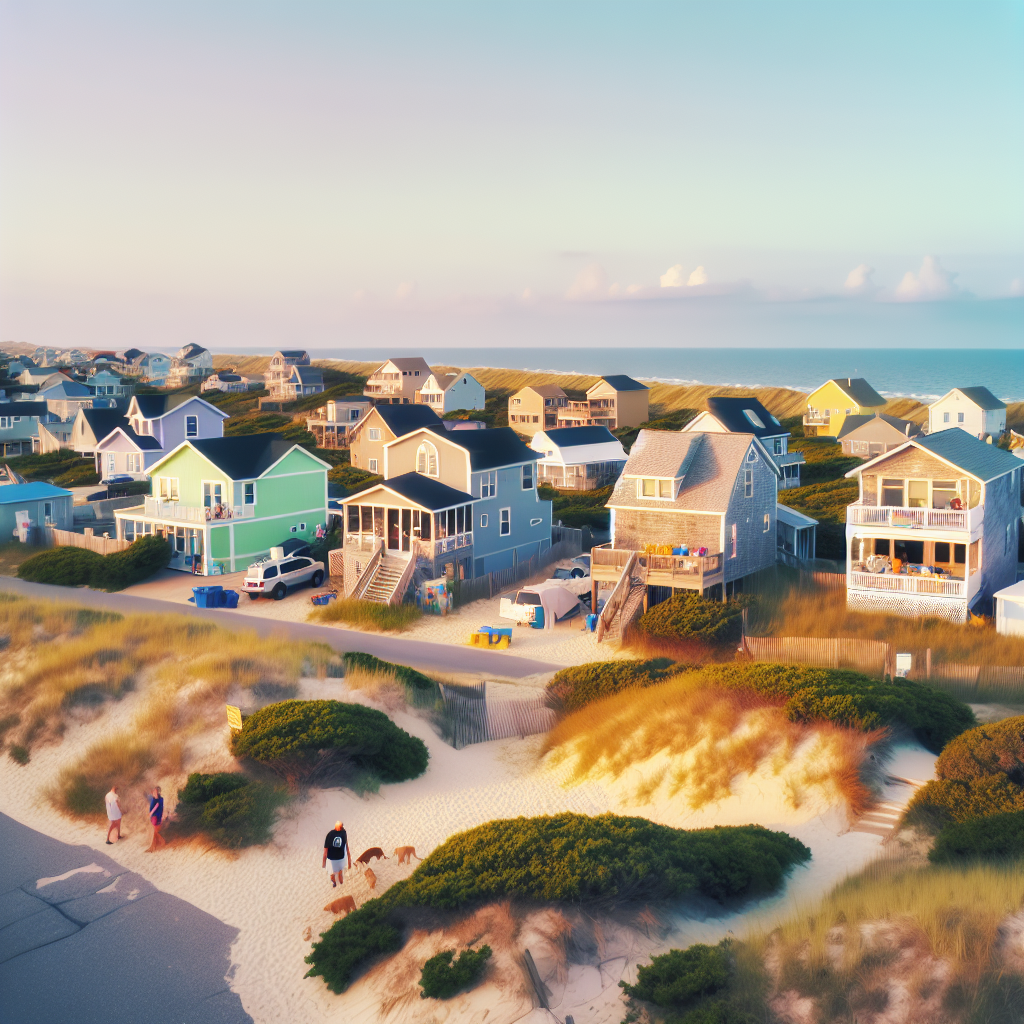
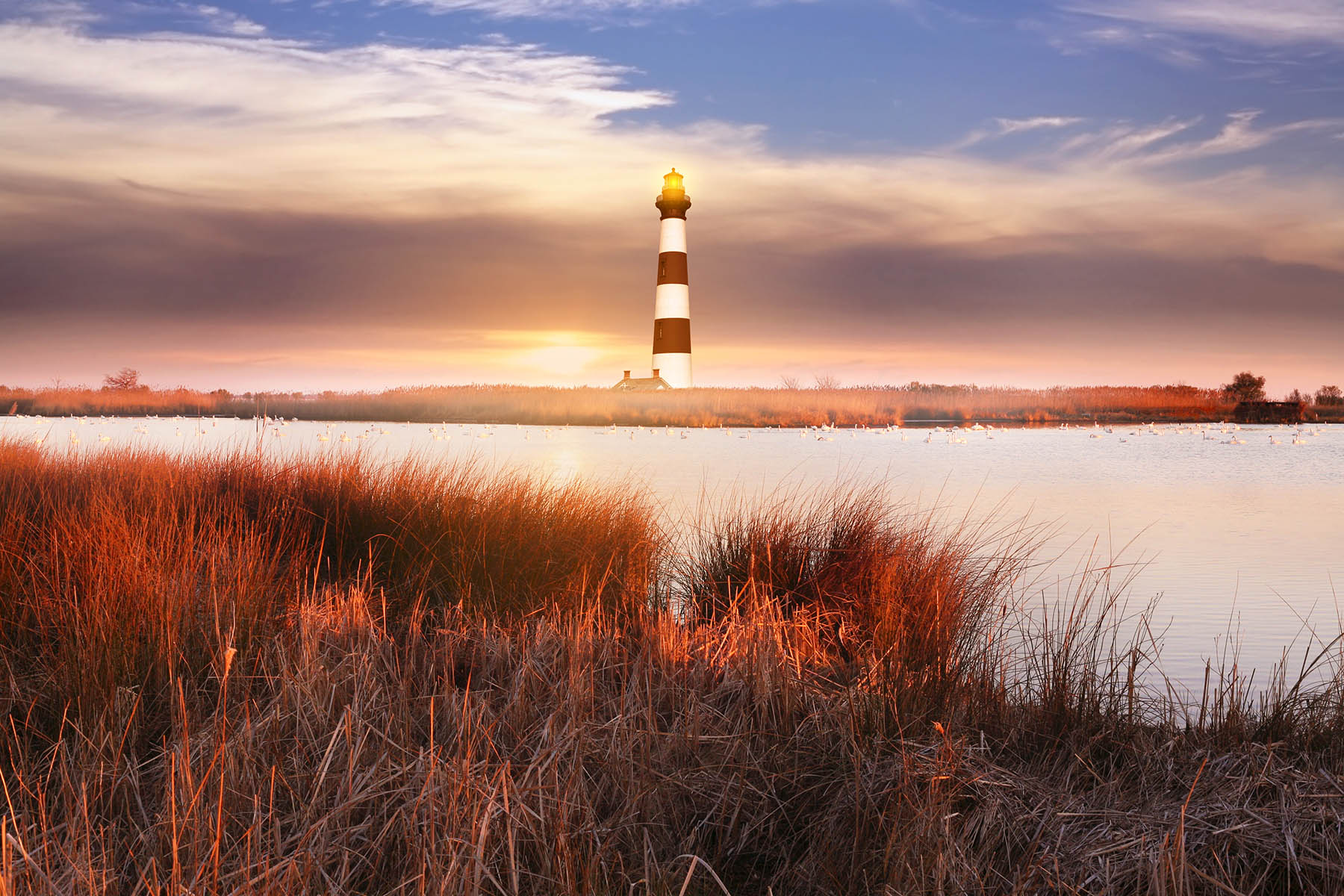

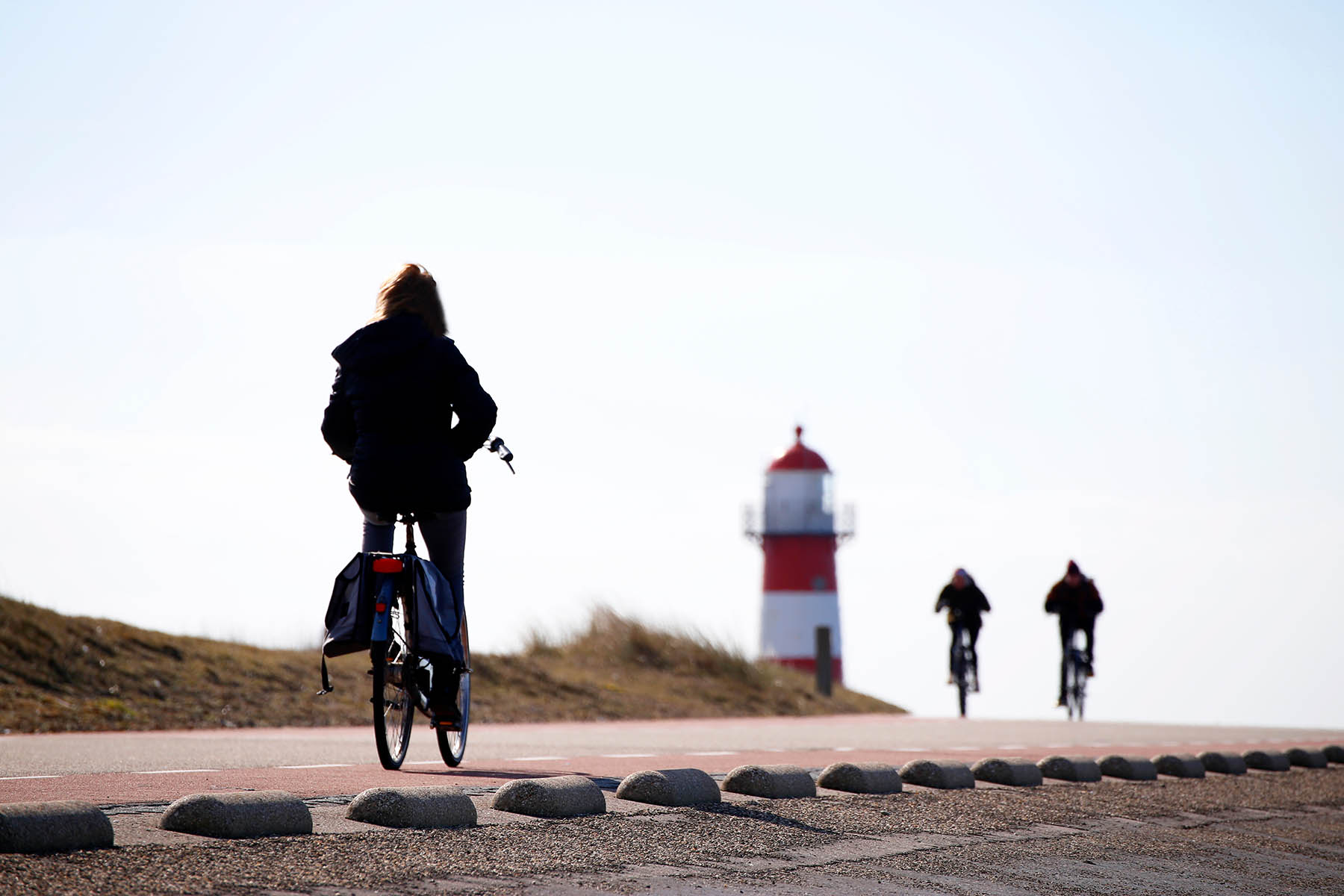
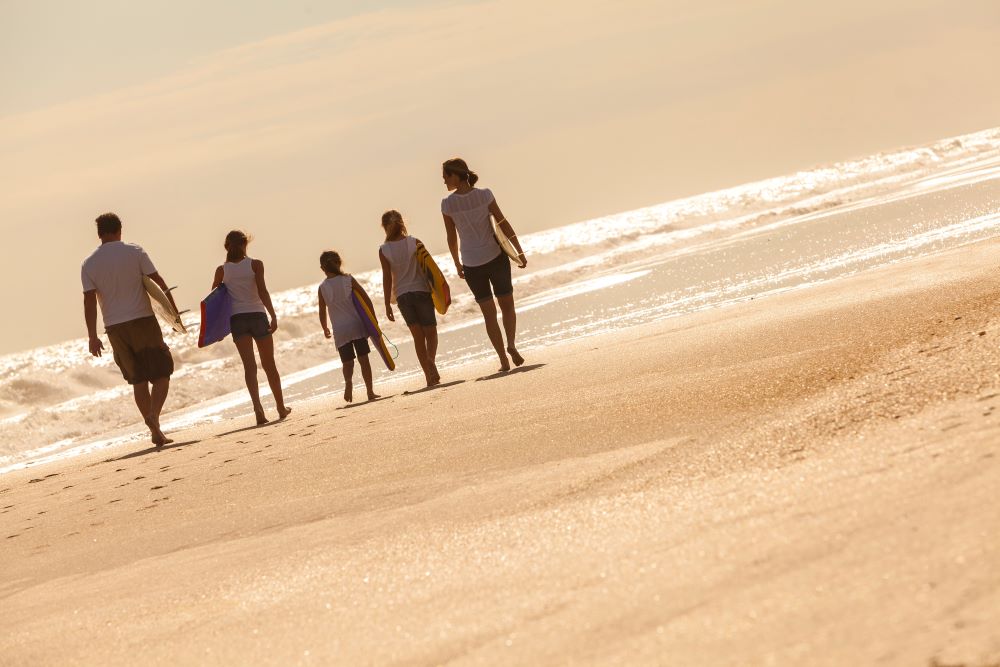

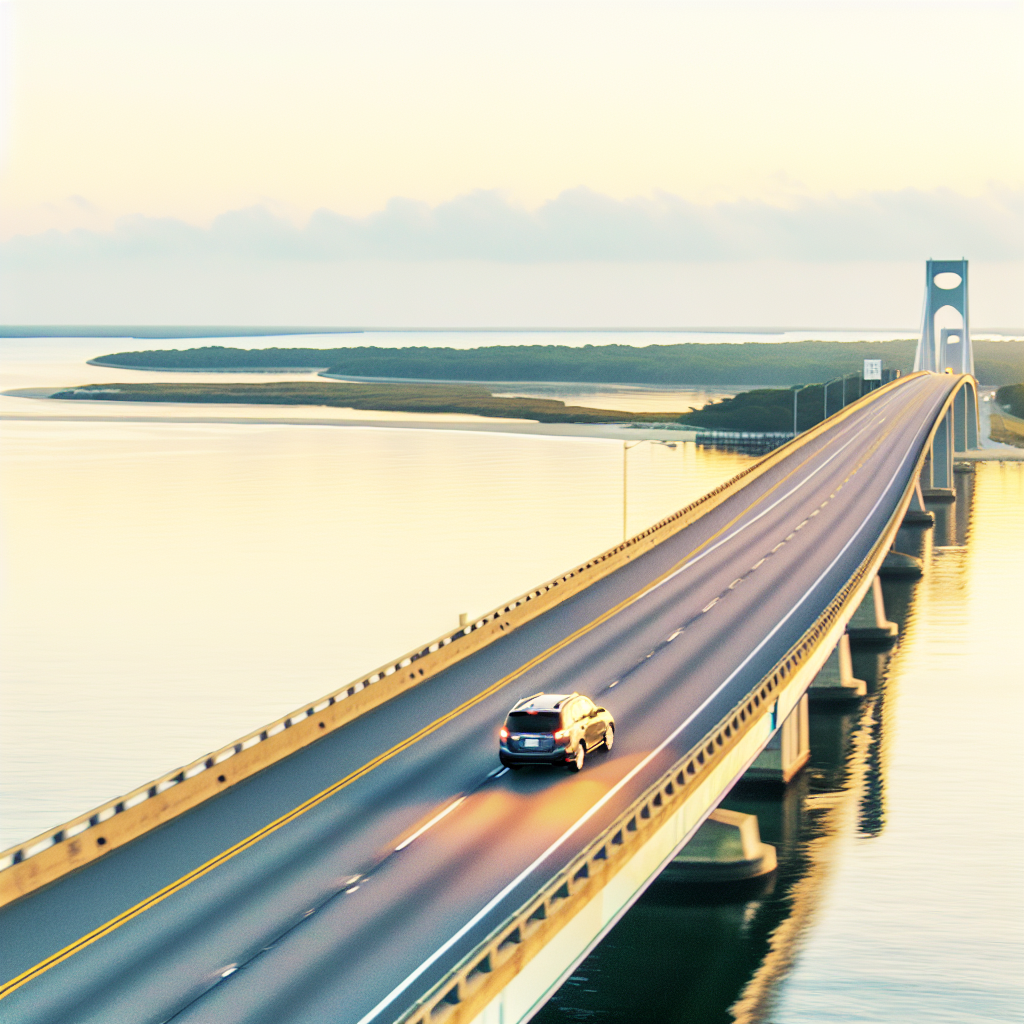

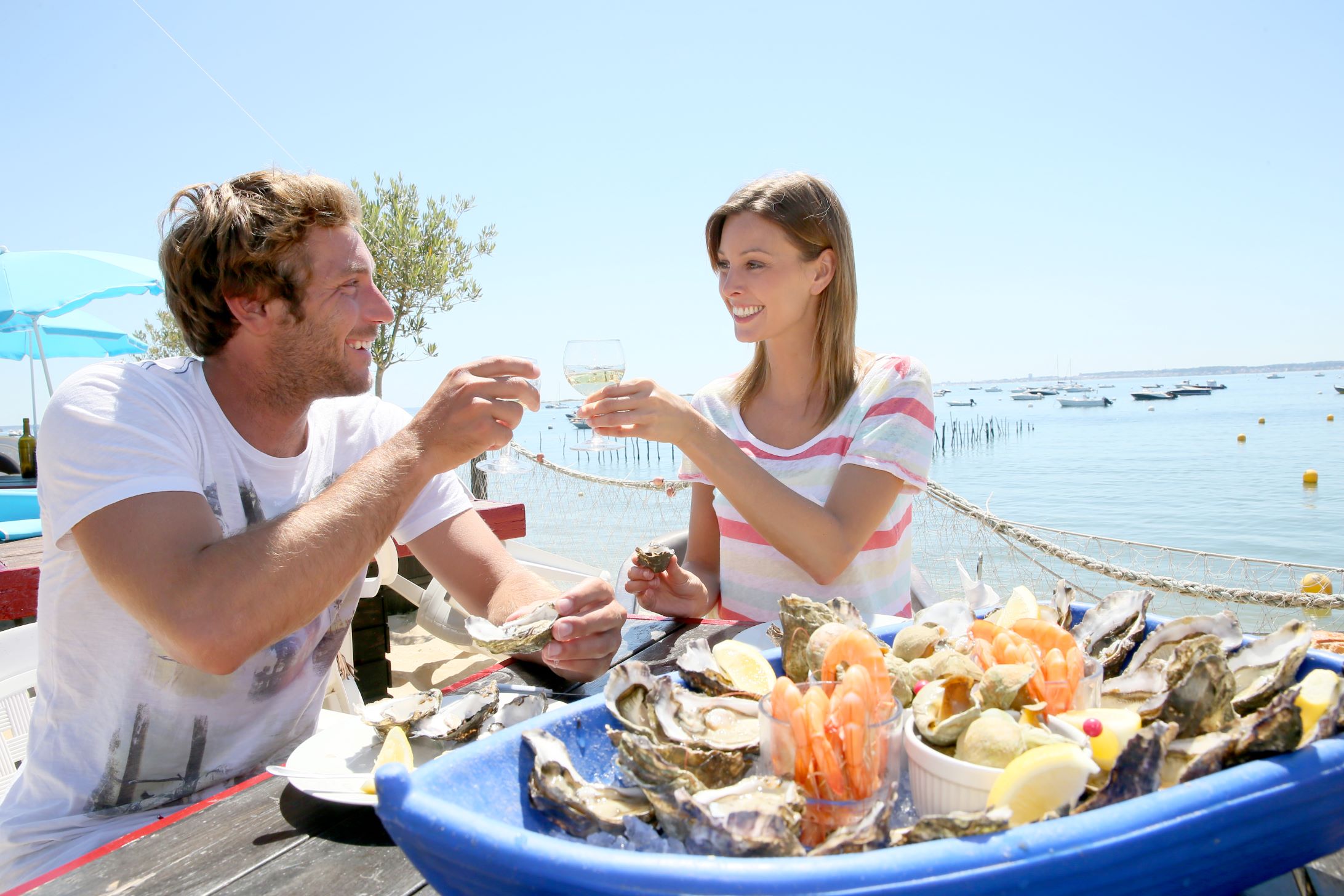


Share This Page